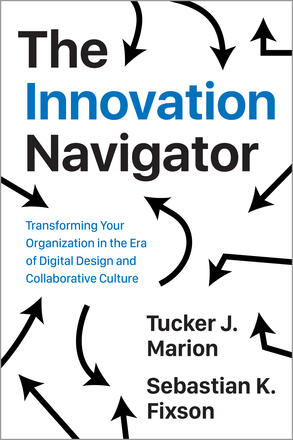
The Innovation Navigator
Transforming Your Organization in the Era of Digital Design and Collaborative Culture
Description
The Innovation Navigator explores four innovation archetypes or modes—”specialist,” “venture,” “community,” and “network”—which feature prominently in the expanding innovation landscape. The book guides the reader in exploring and exploiting these different modes of innovation, providing key insights into the inherent opportunities and challenges of the modes from a number of vantage points. To learn more about this publisher, click here: http://bit. ly/2C3QxA6